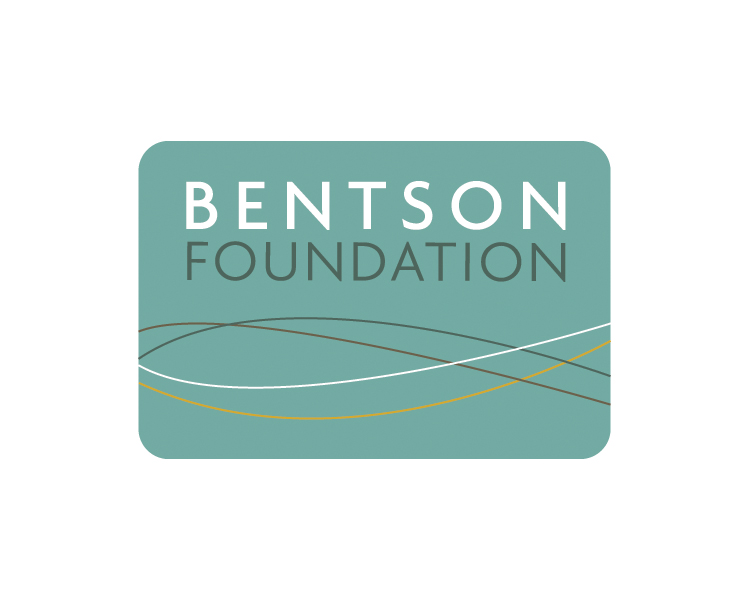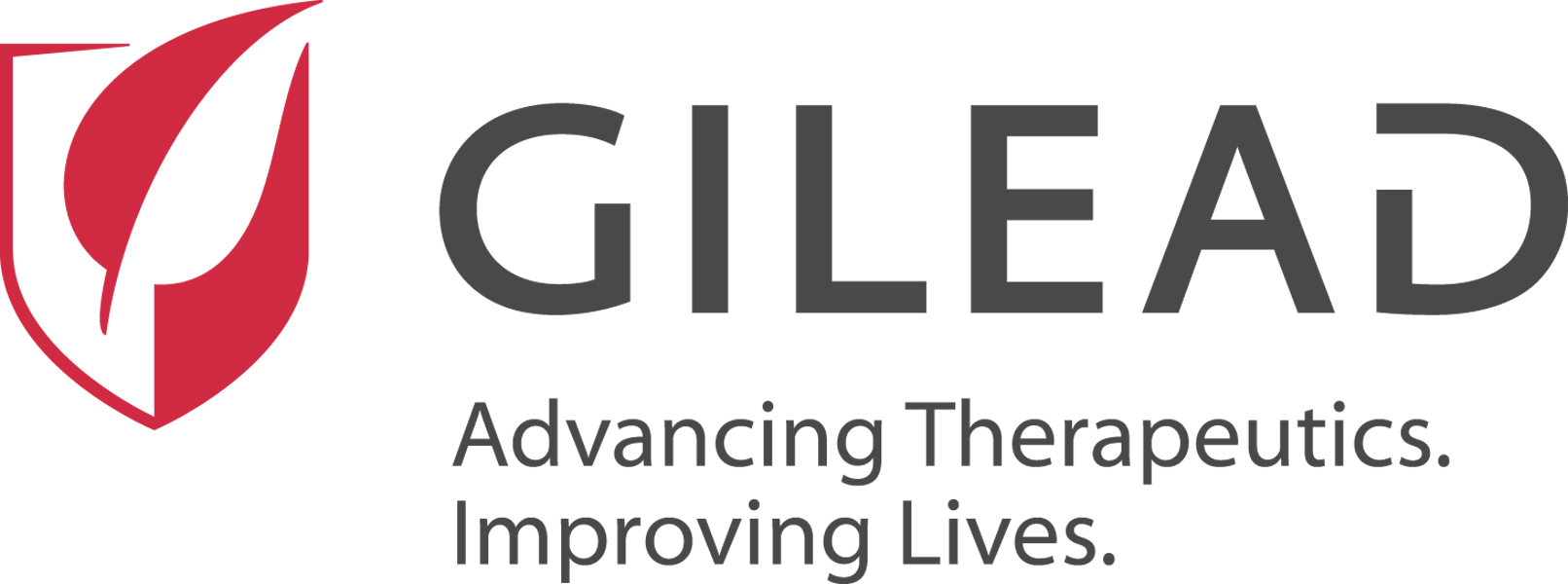WHO: Saudi MERS this year higher than same period a year ago
In an epidemiologic update on MERS-CoV in Saudi Arabia today, the World Health Organization (WHO) noted that there were more cases in the first 2 months of 2017 than during the same period last year. The WHO also said its scientists are seeing younger women with the coronavirus, but that much of the disease's demographics haven't changed.
During January and February, Saudi Arabia reported 18 primary cases of MERS-CoV (Middle East respiratory syndrome coronavirus) and another 12 secondary cases—those involving person-to-person transmission. During January and February of 2016, only 13 primary cases were reported. There have also been 9 deaths, so far, in 2017.
The increase in primary cases, however, has not led to more secondary cases, and the country did not report a healthcare-associated outbreak in the 2 months, the WHO said. Earlier this week, though, Saudi officials reported three new MERS cases in Wadi ad-Dawasir in south central Saudi Arabia, including one linked to healthcare exposure.
Men and women aged 50 to 59 years continue to be the most at-risk group for MERS infection. "However, the females in the age group of 20–29 and 30–39 are acquiring MERS infection in higher numbers when compared to males in the same age group," the WHO said.
The agency said that, since its first outbreak in 2012, Saudi Arabia had reported 1,561 laboratory-confirmed cases through February, including 633 deaths, for a case-fatality rate of 40.6%.
Mar 9 WHO update
Evidence of Zika found in up to 16% of African non-human primates
A study today in Clinical Science and Epidemiology measured the seroprevealnce of Zika virus in wild African green monkeys and baboons and found that up to 16% of these non-human primates had been exposed to the virus. The authors said their study will help provide more information about how Zika is spread among animals before it appears in human populations.
Zika, a mosquito-borne virus, was first isolated from a captive rhesus macaque in Uganda in 1947. In 2016, Zika erupted in Brazil, causing the current epidemic that's been linked to microcephaly and other devastating birth defects.
To determine the current prevalence of Zika in non-human primates in Africa, the researchers collected blood samples from 14 Chacma-Kinda hybrid baboons from Kafue National Park in Zambia, 41 yellow baboons from Mikumi National Park in Tanzania, 25 African green monkeys (AGMs) from the Gambia, and 159 AGMs sampled from multiple sites across South Africa. They used deep sequencing on plasma samples to identify Zika antibodies.
The authors saw no evidence of active infection in any animals, but antibodies suggested that Tanzanian baboons and Gambian AGMs had prior Zika virus infection. Sixteen percent of Gambian AGMs had Zika virus antibodies, and some were living in areas where no Zika virus had been detected in over a decade.
"We also saw evidence of ZIKV infection in areas of Africa where ZIKV has not been reported in humans or primates in over a decade, potentially pointing to a persistent and previously unrecognized reservoir," the authors wrote. "Ultimately, we believe that the methods reported here will be useful for larger serosurveys of wild animals to more accurately determine the prevalence of ZIKV infection."
Mar 9 Clin Sci Epidemiol study
E coli confirmed in soy nut butter from Oregon patients' home
Officials have confirmed Escherichia coli in soy nut butter in the home of two patients in Oregon who are among 16 outbreak patients, and a food safety lawyer says the plant that produced the nut butter tied to the nine-state outbreak is in Tennessee, according to updates yesterday and today.
The finding in Oregon involves two siblings, both children, in Clackamas County who are the state's only known case-patients. Epidemiologists from the Oregon Health Authority (OHA) collected a sample of the recalled I.M. Healthy SoyNut Butter, produced by The SoyNut Butter Company of Glenview, Ill., from the children's home. Tests showed the presence of E coli O157, the OHA said in a news release yesterday. The outbreak strain is Shiga toxin–producing E coli (STEC) O157:H7.
"People need to know that if they have this product in their pantries, they should immediately return it to the store where they bought it, or throw it out," said Paul Cieslak, MD, medical director for the Acute and Communicable Disease Prevention Section at the OHA. "If they ate the product and are experiencing symptoms of E. coli infection, they should see their health care provider right away."
The OHA said that 5% to 10% of those diagnosed as having STEC infection develop hemolytic uremic syndrome (HUS), a potentially life-threatening complication that can begin even as the diarrhea is improving. In the outbreak, however, 5 patients (31%) have developed HUS.
In related news, Seattle-based food safety attorney Bill Marler said the manufacturing facility that produced the soy nut butter implicated in the outbreak is in Tennessee, Food Safety News reported today. Marler obtained the information from an attorney representing The SoyNut Butter Company, the story said.
The Centers for Disease Control and Prevention (CDC) first announced the outbreak on Mar 3, when 12 people were sick, and it updated the numbers to 16 on Mar 7.
Mar 8 OHA news release
Mar 9 Food Safety News story
Mar 8 CIDRAP News scan on latest CDC update
Plague vaccine granted orphan designation by the FDA
The US Food and Drug Administration (FDA) today announced that a plague vaccine, the recombinant rF1V, was granted Orphan Drug Designation on behalf of the US Department of Defense (DoD). The vaccine will be developed with the goal of prophylactic protection of service men and women.
Orphan Drug Designation offers funding and incentives to vaccine developers working on products for rare diseases. Incentives can include waiving of prescription drug user fees and marketing the vaccine exclusively in the United States for 7 years following FDA approval.
"We are excited the FDA has granted Orphan Drug status for rF1V vaccine," said Gary S. Nabors, PhD, president of DVC, the company producing rF1V. "Orphan Drug Designation provides important incentives to support the development of products for rare diseases."
The plague vaccine is part of the DoD's counter-bioterrorism measures. Plague, which is caused by infection with Yersinia pestis, a gram-negative bacterium, is often fatal and could be used as a biological weapon.
Mar 9 FDA press release
IDSA report highlights patients' struggle with antibiotic-resistant disease
The Infectious Diseases Society of America (IDSA) this week published Faces of Antimicrobial Resistance, an effort to put human faces and stories to the tragic consequences of difficult-to-treat infections.
The report includes profiles of 13 patients from across the country who have struggled with antibiotic-resistant infections, including 3 of whom who died. Pathogens range from methicillin-resistant Staphylococcus aureus to multidrug-resistant tuberculosis to Clostridium difficile—including in a woman who had C diff seven times. Three of the patients have still not been cured of their antimicrobial-resistant (AMR) infections.
This Faces of Antimicrobial Resistance report highlights some of these individuals, whose stories demonstrate the urgent need to combat AMR," said IDSA President William Powderly, MD, in the foreword.
"There is no silver bullet for AMR; we need a robust, multi-faceted approach that includes infection prevention, antimicrobial stewardship, surveillance, research, innovation and an expert workforce. A combination of well-coordinated strategies will be necessary to protect patient safety and the public health and turn the tide of this crisis."
Mar 7 IDSA publication













